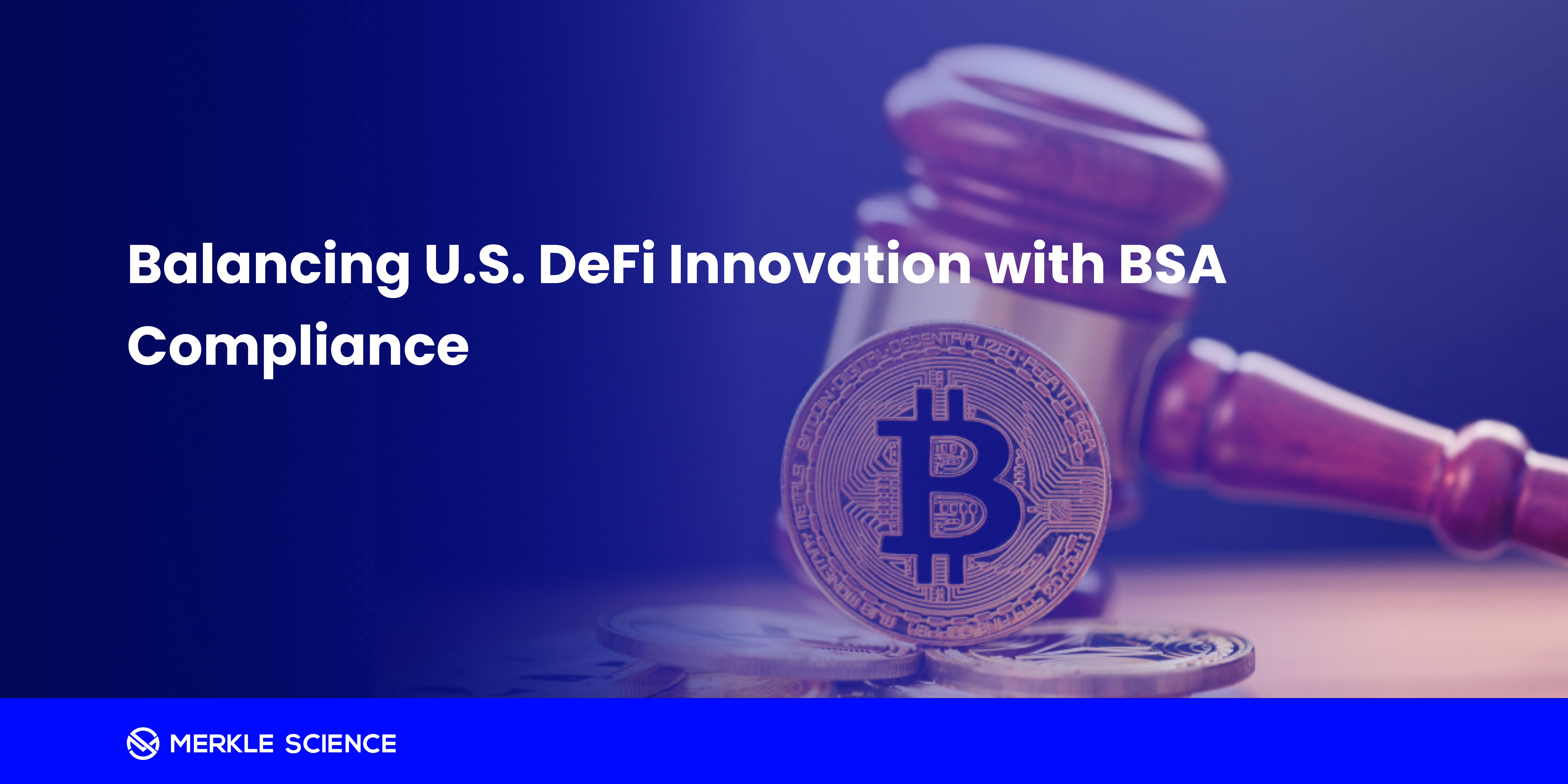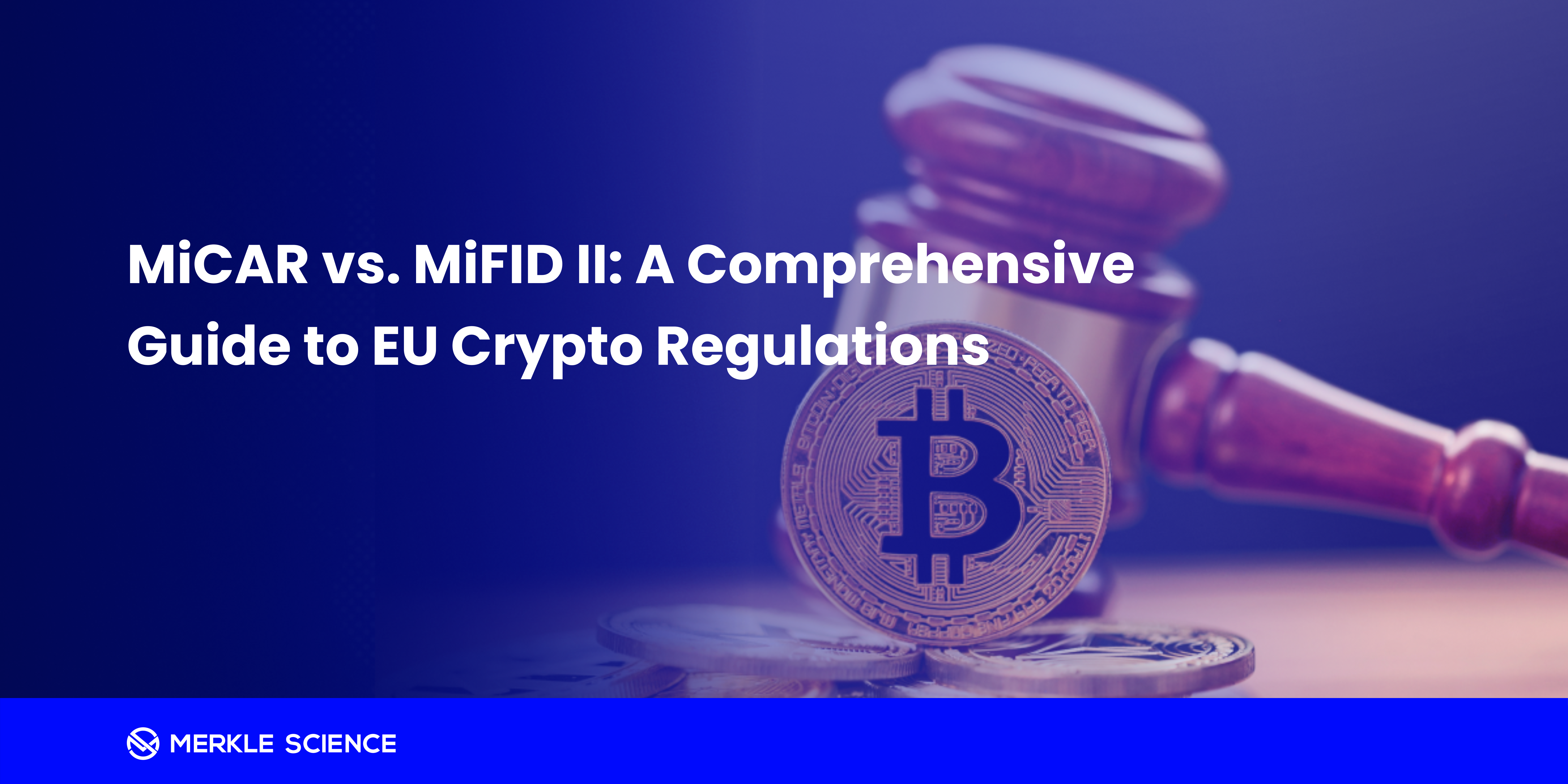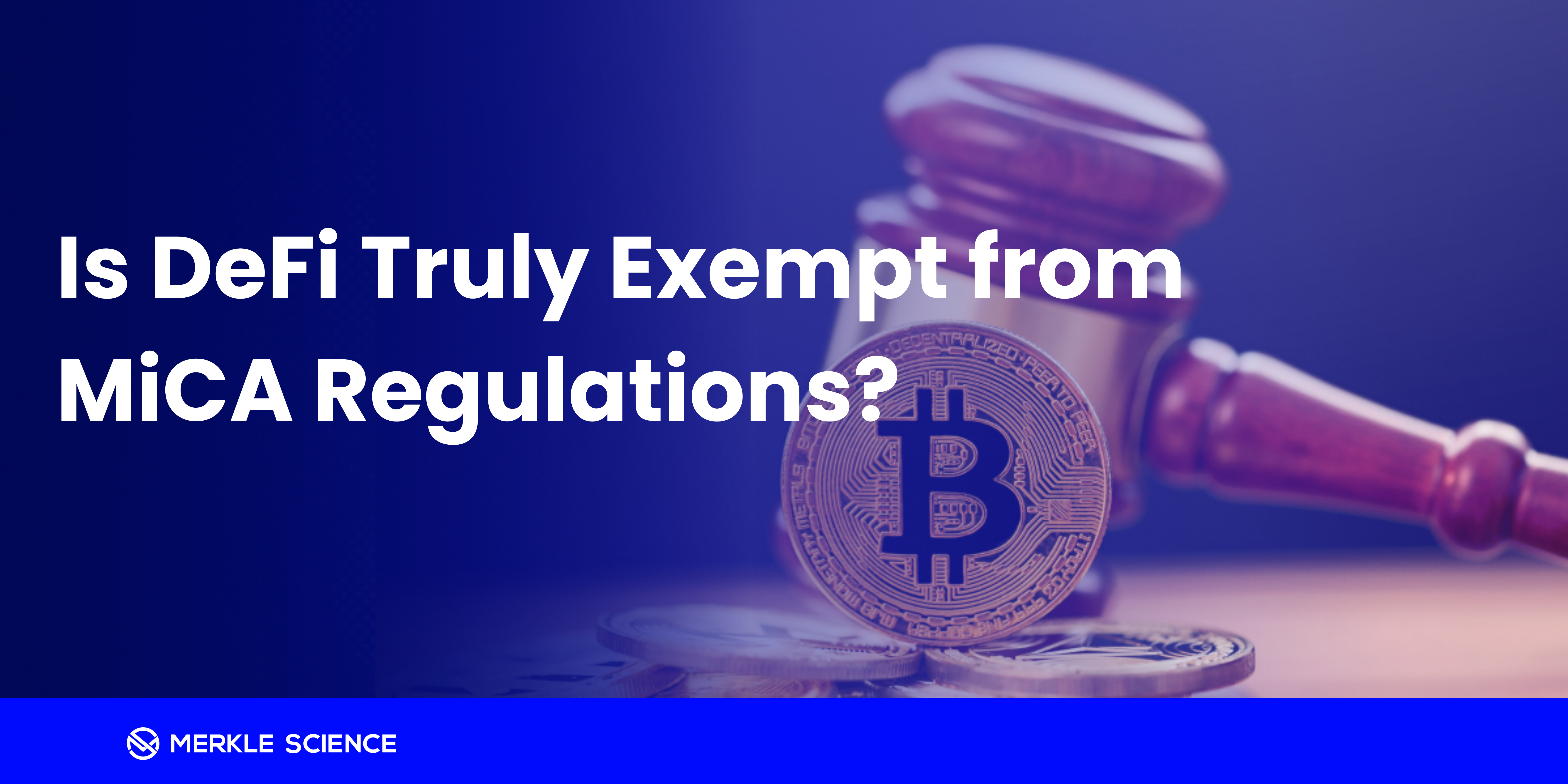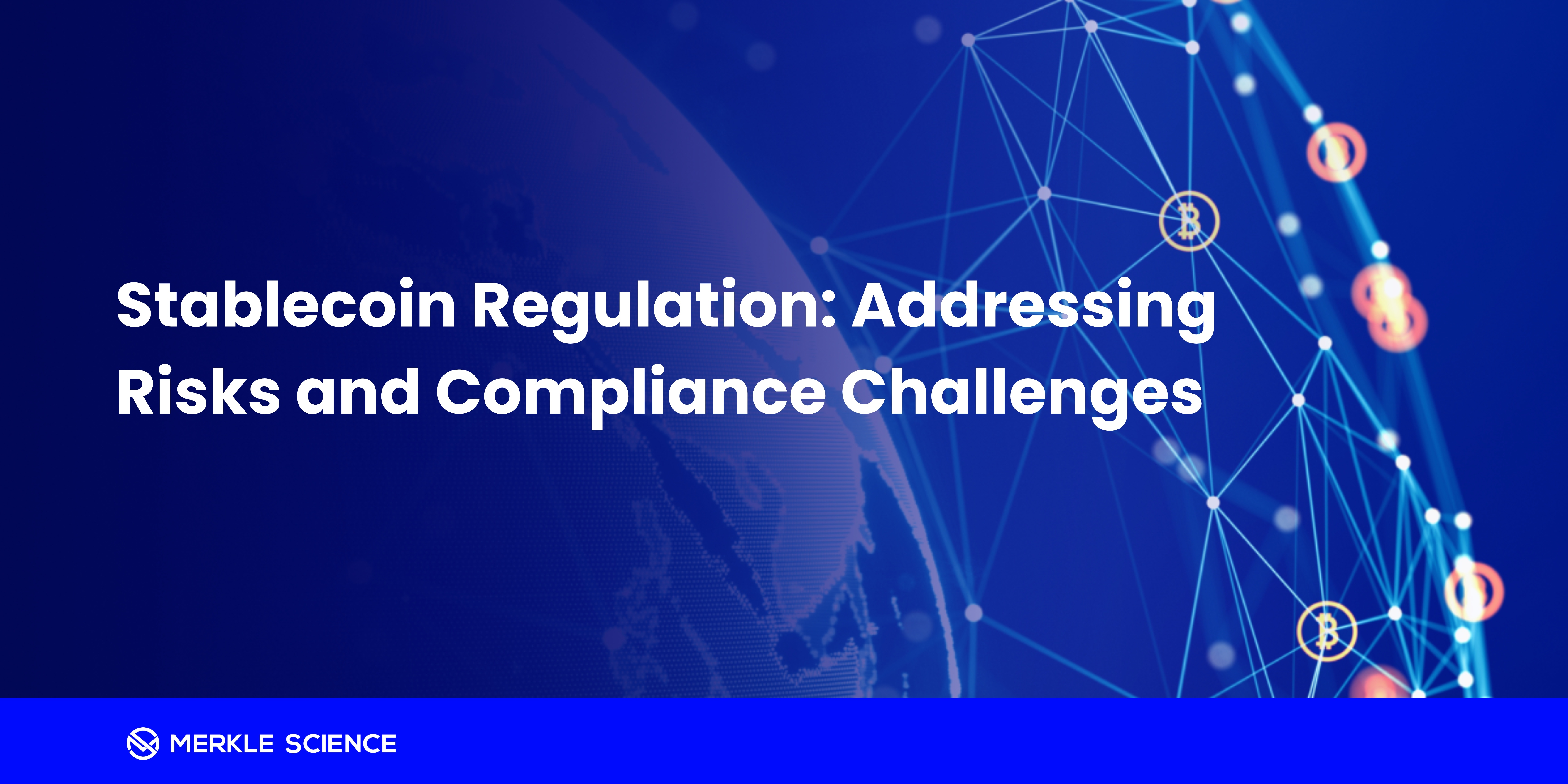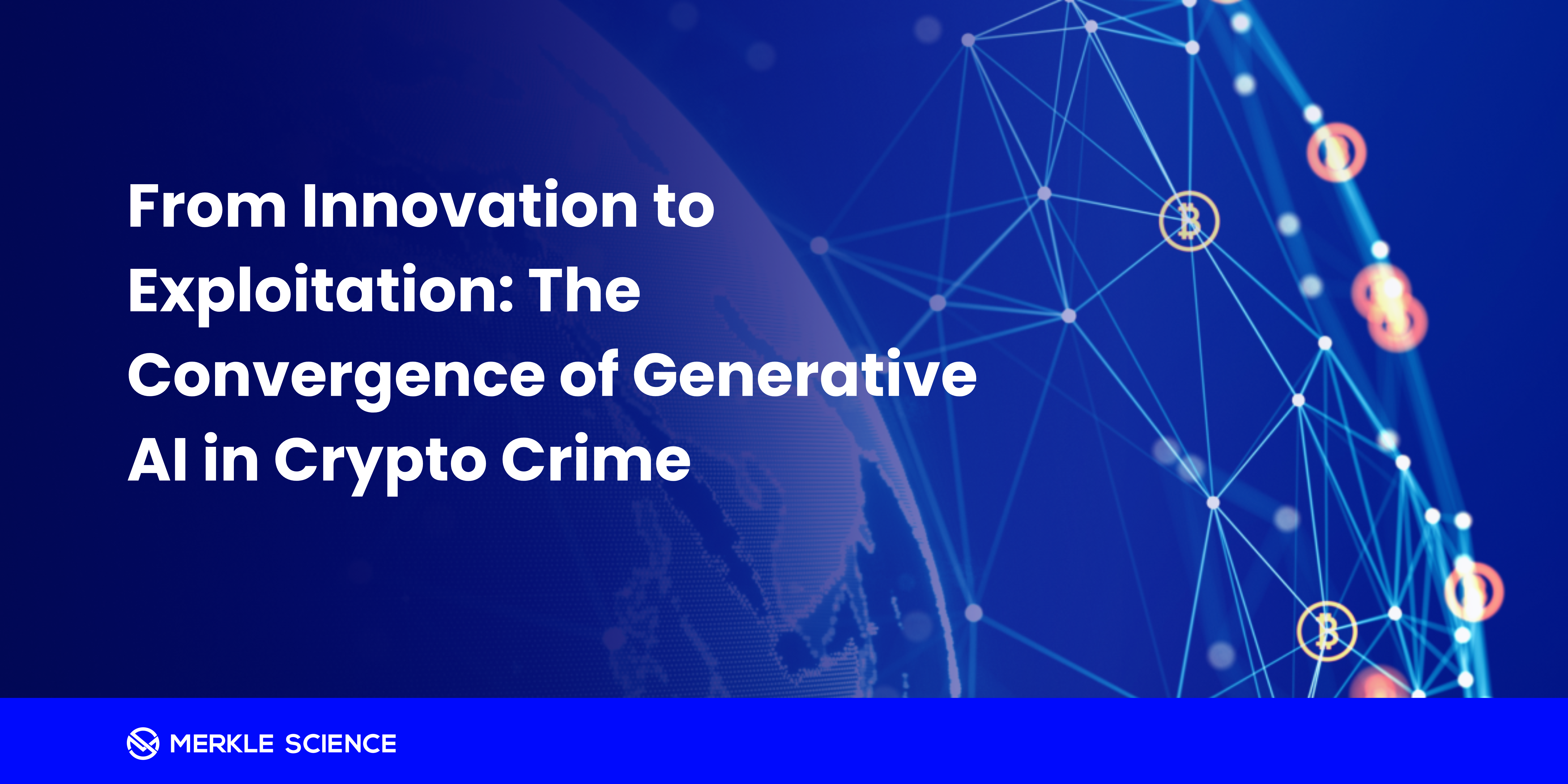Balancing U.S. DeFi Innovation with BSA Compliance
The rise of decentralized finance (DeFi) presents new challenges and opportunities for the application and adaptation of the Bank Secrecy Act (BSA). DeFi’s promise of democratized access to financial services, combined with its inherent complexity, necessitates a reevaluation of existing regulatory frameworks. This is essential to ensure effective oversight without stifling innovation. The key question is: Can anti-money laundering (AML) regulatory regimes adapt to include DeFi, or can the DeFi space adapt to meet regulatory requirements? The answer likely lies somewhere in the middle, often viewed as a compromise.



